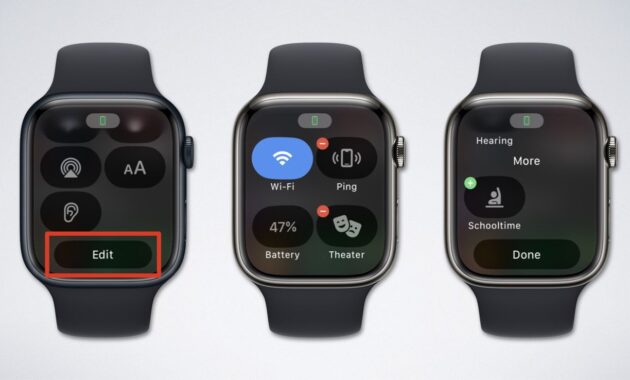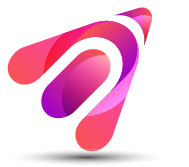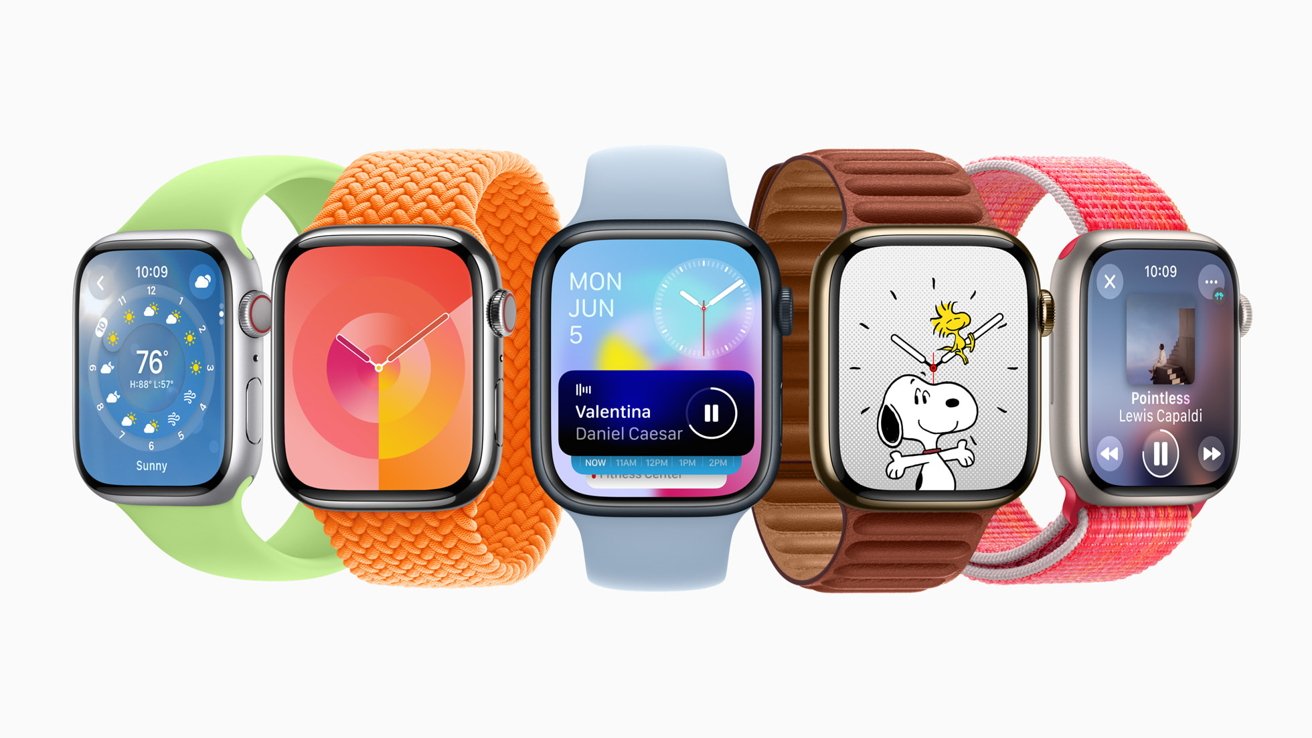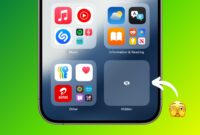Control Center on your Apple Watch is a powerful tool for customizing and getting the most out of its core features. However, it’s been improved in watchOS 10, and the way you get the most out of it has been modified.
Control Center has been around for as long as the Apple Watch, but in watchOS 10, Apple changed the way you access the Watch itself. Previously, you just swiped up from the bottom – now you press the flat button on the right to access it.
Swiping up from the bottom will display widgets. It may take some relearning for veteran Apple Watch users, but with practice, the side button will become a natural move.
A much smaller change in watchOS 10 is moving the “connected” icon – a small green iPhone icon – from the top left to the top center. This allows other icons to join in to quickly show you the Control Center items that are currently active.
See the latest from AppleInsider TV
Access options in Control Center
One thing you probably shouldn’t do is hold down the side button for too long when accessing Control Center. If you do so, it will display Medical ID, Compass Return, and Emergency SOS options.
If you do this by accident, just tap the Cancel option on the top left of the screen. You can also press the side button again to return to Control Center.
Pressing the side button twice still displays Apple Pay and Apple Wallet as before. To dismiss those options if you accidentally call them up, just press the side button again.
Aside from these changes, the icons in Control Center themselves are largely the same. If you’re unsure of the function of a certain icon, pressing and holding a certain Control Center icon will display other options, if available.
For example, holding the alarm icon – which looks like a bell – will suggest turning it on (or off), turning it on or off for an hour, or turning it on or off until dark or morning. Holding the Wi-Fi icon displays all available networks as well as the network you’re connected to.
Customize Control Center
Normally, most of the available Control Center icons are displayed by default. However, you can delete icons that you definitely won’t use, rearrange the layout of the icons, and add new icons.

To do this, open Control Center and scroll to the bottom of the list. At the bottom, press the Edit button.
Scroll up to see the “wiggle” icons and you’ll see some with a minus symbol in the corner. This mimics the behavior of the iPhone app when in edit mode, and you can press the red minus button to remove the icon from Control Center.
Similarly, you can press and hold the Control Center icon while in editing mode to move it. Once you’re where you want to be, release your hand and then press the side button again to exit.
At the bottom of the list in edit mode, you’ll also see any Control Center icons that aren’t currently installed. You can click and drag them if you want to add them.
Two of Control Center’s most useful features
Only the first six icons will be immediately visible when entering Control Center, so move the ones you use most often to one of those six locations for easy access. To see the rest, use the Digital Crown to scroll down.
One of the most useful icons in Control Center looks like a vibrating iPhone, triggering a “ping” noise on the paired iPhone to help you find it. On the latest Apple Watch Series 9, a screen will appear on the Watch guiding you to its location.
Another icon you might want to have in your “top 6” is the Theater Mode icon, which looks like two masks. Enabling this feature before any event is an easy way to prevent unwanted lighting or sounds and alerts on the Watch.
In this mode, it will prevent the screen from activating even if you casually raise your wrist. Emergency notifications will still alert you with a nearly silent tactile vibration.
If you need to check the time or notifications, just tap the Clock screen to display it. When the event is over, don’t forget to turn off Theater Mode.
You should open Control Center if you haven’t opened it before – or at all – and check out all the icons and their functions. Chances are you’ll find some extra features you wanted or didn’t even know you had.




